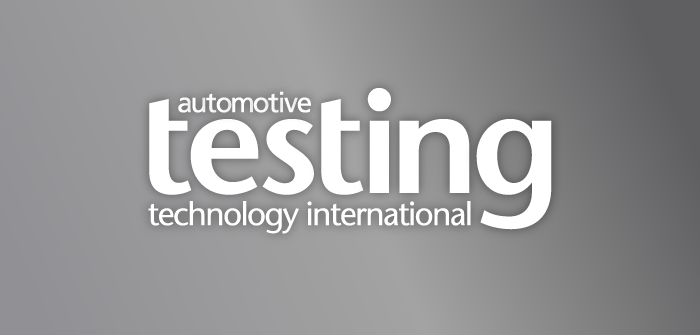Thermal imaging can be used in any application where temperature measurements are required or someone simply needs to see thermal variations or profiles. FLIR thermal cameras can be used in a wide range of applications in the automotive testing industry from electronics design and vehicle thermal management to tire, brake, and engine testing and even research on next-generation internal combustion/electric propulsion. And as the technology becomes more compact, less expensive, and more advanced, the use of thermal imaging will continue to expand with the growing needs of the industry.
Thermal imaging has been used in the automotive industry for more than 30 years and has yet to reach its full potential. As the industry continues to change and grow, new applications and requirements emerge in which thermal imaging can be used, and FLIR continues to develop systems to meet these changing demands.
However, not everyone is familiar with infrared imaging or its potential uses, so low-cost consumer infrared systems like the FLIR One for smartphones enable more people to discover the technology.
There are numerous benefits of using thermal imaging over more ‘standard’ temperature measurement devices such as thermocouples, spot IR guns, RTDs, etc. The primary benefit being a thermal camera’s ability to provide thousands of temperature measurement values in a single image, in which thermocouples, spot guns or RTDs simply report the temperature of a single point.
This enables engineers, researchers, and technicians to visually see the thermal profiles of items being tested and gain increased insights into the total thermal make-up of a device when using the infrared camera. In addition, thermal imaging is completely non-contact. This eliminates the need to mount sensors and run wires, which reduces testing times, saves money, and helps products reach the market faster.
The flexibility of thermal imaging enables it to be used in a wide variety of applications. Whether someone simply needs qualitative data to understand the thermal profile of a part or they want quantitative data to verify an exact temperature in a process, thermal imaging offers an ideal solution.
 We are seeing an uptick in the use of thermal cameras in additive manufacturing. As 3D printing of metal parts moves from the research and development stage and into full production use, manufacturers need to understand how small thermal changes in the process can affect part quality and machine throughput.
We are seeing an uptick in the use of thermal cameras in additive manufacturing. As 3D printing of metal parts moves from the research and development stage and into full production use, manufacturers need to understand how small thermal changes in the process can affect part quality and machine throughput.
To meet the unique needs of production environments, which are vastly different from R&D labs, FLIR is developing thermal cameras that are smaller and have lens systems that enable them to be integrated as part the machine.
The workforce in the USA is ageing and the number of trained test engineers and technicians will decrease over the coming years. However, the need for new product development and testing will continue. To help fill this void, FLIR is working on projects that enable its thermal camera systems to be integrated into IOT and AR ecosystems so data can be collected and analyzed quicker and easier. We are also investigating how deep learning may be employed in our systems so critical decisions can be made without the need for human interaction.
Taimen Taylor will be speaking in the Open Technology Forum at Automotive Testing Expo in Novi, Michigan on October 24.


